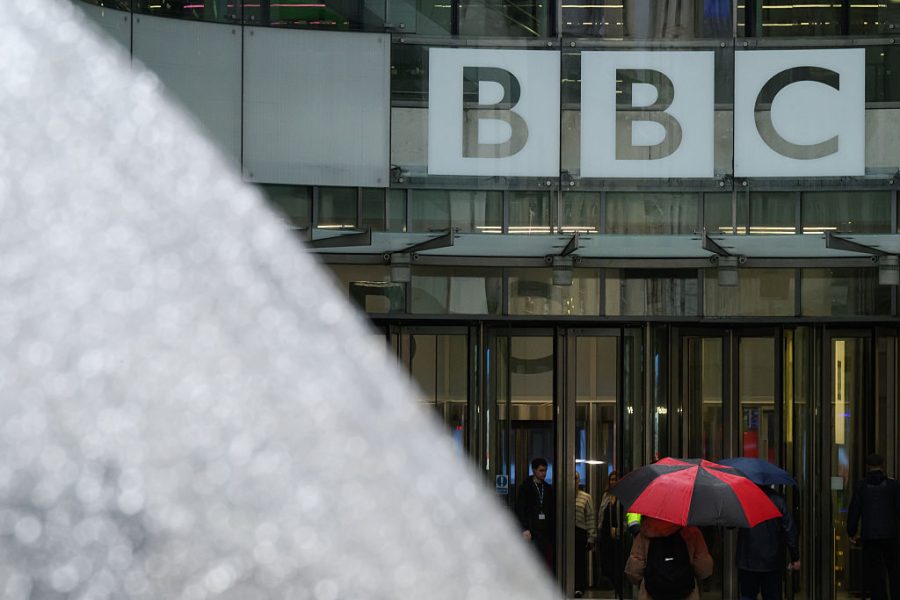If you started again with a clean slate, a blank sheet of paper, you would never design a system of policing like this.
It’s a system – in England and Wales – where there are 43 ‘territorial’ forces. No matter how big or small, each force has its own leadership structure, specialist units and support functions, such as finance, vetting and human resources. For instance, there’s Warwickshire constabulary with just 1,126 officers, and neighbouring West Midlands Police, with 8,000. They work together at times, but they are led, managed and organised in separate ways.
The most glaring discrepancies are in the capital. The Metropolitan Police, which has 34,315 officers, is 34 times larger in terms of personnel than City of London Police, with only 995 officers. But the Met and City both have their own commissioners, senior officer teams and crime investigation departments, not to mention their own uniforms and liveried vehicles.
No one is pretending that police structural reform is easy
Add to the 43 forces a range of other organisations, such as the British Transport Police, Civil Nuclear Constabulary and National Crime Agency, as well as cross-border regional units which tackle serious and organised crime, and the policing picture becomes even fuzzier. The purse-strings are held, in the main, by the Home Office and police and crime commissioners (PCCs) as part of a complex funding ‘formula’ which allocated £18.4 billion this year. The formula is widely regarded as out-of-date, but successive governments have backed away from reform to avoid a political row with PCCs and chiefs who would lose out under the changes.
Governance structures are little better. PCCs, first elected in 2012, may have strengthened local accountability but they have served only to embed the 43-force model with all its inefficiencies. The Conservatives rightly stripped back Home Office targets, but they left a policing policy void. The National Police Chiefs’ Council (NPCC) and the College of Policing have tried to fill the gap, but they are not properly equipped to do so. The NPCC is an unwieldy body, consisting of 12 coordination committees and over 100 portfolios, covering every policing topic imaginable, from problem-solving to well-being, aviation to forensics. Each portfolio is held by a police chief on a part-time voluntary basis who has no powers to get colleagues to adopt best practice.
The previous government did, belatedly, set up two organisations to try to save money on procurement and coordinate IT systems. But Blue Light Commercial has under-performed and the Police Digital Service has been beset by scandal with an ongoing criminal investigation into allegations of fraud, bribery and misconduct in public office. There’s a pressing need for a re-design – to create a police system which retains the link between local officers and the communities they serve, but where forces share support functions and follow clearly-defined national standards and priorities.
Police structural reform was hinted at in Labour’s manifesto, but it has been given fresh impetus by the way the police service responded to the summer riots. Arrangements for coordinating mutual aid, where officers are sent from one force to another, were too slow, particularly in the first few days. Dame Lynne Owens, the Met’s deputy commissioner, has been unable to contain her frustration about what happened. In a speech last week, she said police had been ‘inhibited’ by lack of data and shared technology, a leadership structure that ‘relied on negotiation’ and ‘incoherent governance’.
‘We’re operating today in a model that was designed in the 1960s,’ she said. ‘We must deliver a stronger centre, able to coordinate much more effectively and ensure that the service the public gets is consistent and effective.’
Dame Lynne is not a lone voice. Earlier this month, she was one of a group of senior officers which delivered a message of structural reform to Yvette Cooper, the home secretary. Among the officers, who’ve labelled themselves the ‘system leaders’, was Gavin Stephens, the NPCC chair. He too has spoken publicly about the need for a strong national policing centre able to make faster decisions and run national policing programmes more productively.
Stephens hopes the plans will be contained in a government ‘white paper’. As far as he is concerned, it can’t come soon enough. Forces are £3 billion short of being ‘financially resilient’, he reckons, so it’s essential that a more efficient central body is put in place to achieve savings that can be reinvested in policing.
No one, however, is pretending that police structural reform is easy. Labour is still scarred by Charles Clarke’s attempt to merge police forces in 2006, when he was home secretary. The proposals, which would have involved creating mega constabularies in the Midlands, north-east and north-west of England, plus an all-Welsh force, were abandoned amid fierce opposition from some police authorities and chief constables. Ministers are unlikely to go down that road again.
But there is a growing case for more limited change. Rick Muir, the head of the Police Foundation, an independent think-tank, has suggested establishing a ‘national police headquarters’. It would be a home for a range of policing functions, chief among them technology. ‘What you really need is one single source of governance, one strategy to deliver what needs to be achieved in terms of digital, data and technology; and to take the national police databases out of the Home Office, where they have been badly managed, and put them back into policing,’ he said.
The so-called system leaders appear to agree. Whitehall officials are working on it. And the home secretary is listening.







Comments